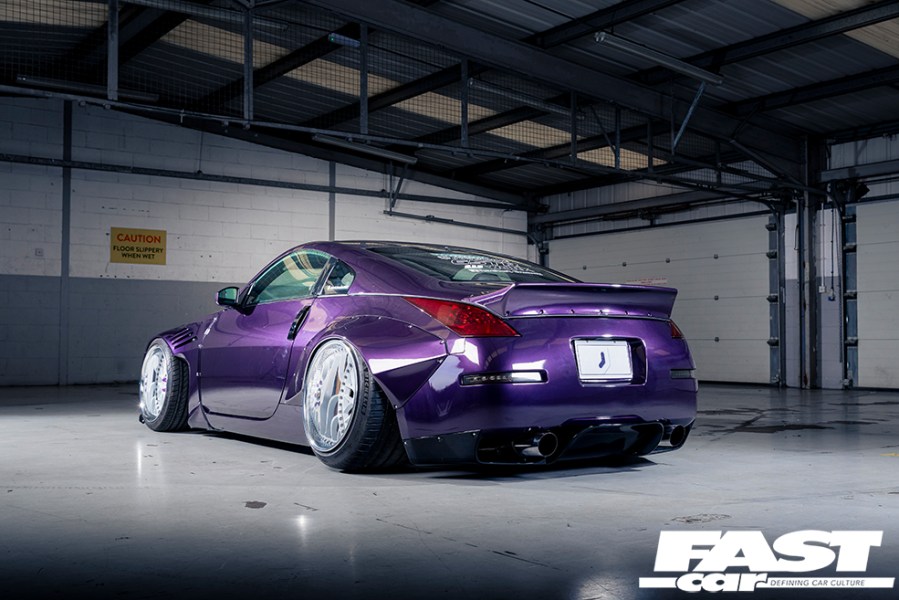New to the world of car modification and tuning? Here are some of the best beginner project cars on the used market today.
There’s a whole world of cool project cars out there. Everywhere you look, there are people winning trophies and wowing audiences with unique and exciting builds… as a beginner, it can be quite intimidating. Where on earth do you start? Well, don’t be afraid, we’re here to help you. The important thing to remember is that no-one’s born with a detailed knowledge of how to build a cool car; these skills are learned – and you can learn them too. So here we’ve collected together a selection of cars that would, for various reasons, each make an excellent base for a first-timer project…
Best Beginner Project Cars
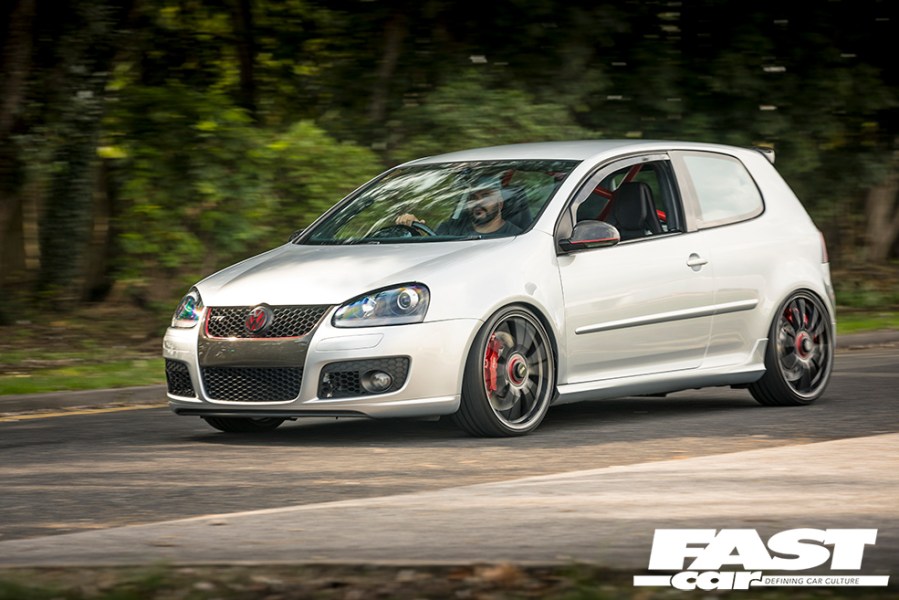
VW Golf GTI (Mk5)
Walking the beaten track is nothing to be ashamed of. Indeed, there’s a reason so many people do it! And when it comes to beginner project cars, there’s a lot to be said for using the fifth-generation Golf GTI as your starting point. There was a time a few years ago when these things were absolutely everywhere; they’re in an interesting hinterland now, because the people who were pioneering mods on the Mk5 platform then moved on to the Mk6, Mk7 and now Mk8, whereas the retro scene is firmly embracing Mks1-4 – but that’s not to say the Mk5 stopped existing.
Actually, there’s still absolutely loads of them out there, and there’s a massive aftermarket for them. It’s super easy to stir in a bit of extra power via a remap combined with an uprated exhaust and induction, and chassis-wise there are plenty of options for wheels, brakes and suspension. So you may be treading an established path when it comes to vehicle choice, but there’s endless scope for individuality here. And before you even get started, the GTI is a fabulous driver’s car from the outset. Not convinced? How about one of these different VW project car ideas instead?
Pros:
– Great value
– So many modding options
Cons:
– A lot have been thrashed
– A little played out for some?
Prices:
Mint: £10,000 / $9,000
Project: £2,500 / $4,000

Mazda MX-5/Miata/Eunos (NB)
It’s one of the best-selling sports cars of all time, and it’s all thanks to the principle of jinba ittai. The ideal by which the MX-5 was conceived (which, of course, was badged as ‘Eunos’ in Japan and ‘Miata’ in the USA) was ‘horse and rider as one’; the whole point of it was to make the driver feel like an integral part of the machine. With a low kerb-weight and 50:50 weight distribution it’s built to be nimble, and the combination of a zingy twin-cam engine, slick manual gearbox and rear-wheel drive adds up to a scintillating formula.
The first-gen (NA) has become a cult icon, with its pop-up headlamps – but icon status brings big price tags. So we’re looking at the Mk2 (NB), which is essentially the same car but with fixed headlights. It’s a little wider, a little more powerful and a lot stiffer, and many aficionados reckon it’s the better car. Our recommendation would be to go for the facelift S-VT model, which came as standard with Bilsteins, an LSD, a 6-speed ’box and VVT (the latter of which drops the emissions just enough to make it ULEZ-compliant in London). But beware – these cars rot for fun. Check the sills, the rear arches, the front legs… heck, check everywhere.
Pros:
– Fabulous to drive
– A timeless style icon
Cons:
– Huge potential for rust
– It’s not exactly rare
Prices:
Mint: £7,500 / $15,000
Project: £1,500 / $5,000
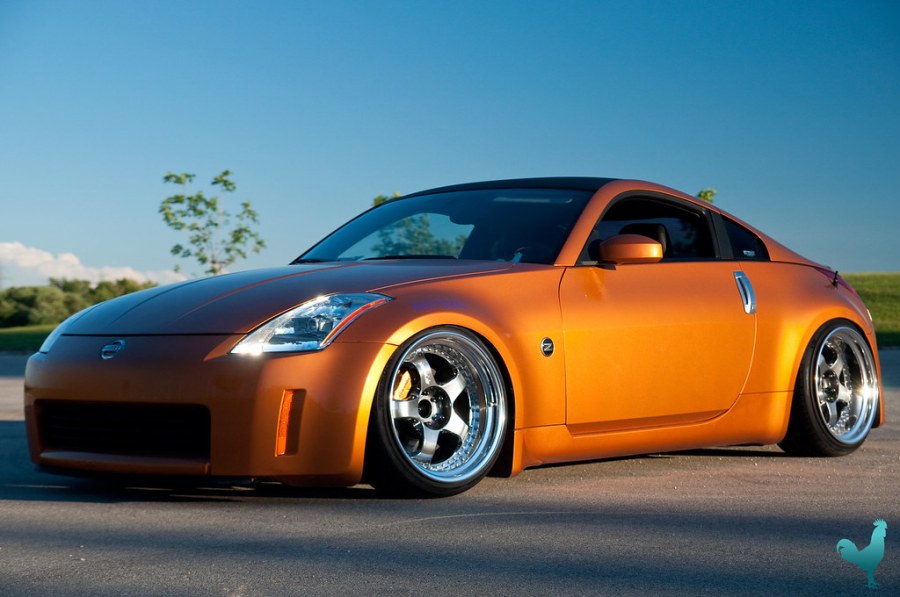
Nissan 350Z
The 350Z is one of those all-time good ideas that we can all be thankful for. As has always been the way with Z cars, it’s basically Japan’s interpretation of what a muscle car should be: there’s a gruff and rugged vee-engine at one end and a diff at the other, and not a lot else. In this instance, we’re talking about a 3.5-litre V6 which offers all the right noises as well as sufficient grunt to pin you back in the seat, mated to a sweet little manual ’box; OK, the interior is a bit drab and plasticky, but you won’t notice that if you’re spending all the time staring through the side windows into a fug of tiresmoke, will you?
As long as you’re careful to make sure it’s been properly looked after – or, at least, not thrashed too extravagantly – this could well be the most reliable car you’ll ever own. And with 287bhp to play with (later cars had a nice round 300bhp), you’ve got more than enough to keep you busy. Bit of a looker too, isn’t it? In case you aren’t sold, why not have a look at these other potential Nissan project cars.
Pros:
– A true modern classic
– Strong mechanicals
Cons:
– Clutch can be a weak spot
– Cabin’s a bit bleak
Prices:
Mint: £10,000 / $17,000
Project: £4,500 / $6,000
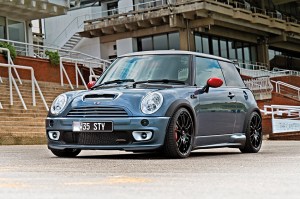
MINI Cooper S (R53)
Tastefully crafted and robustly engineered, the original new MINI (if that’s not too convoluted a way of putting it) has become a bit of a back-road hero. The generation built from 2000-06 is a perky, retro-styled thing with an eager chassis and driver involvement in spades. Sure, you’ll get boring old farts saying ‘Oh, it’s not a proper Mini, look how big it is,’ but those people can be safely ignored, to be honest. The world’s moved on, keep up.
The Cooper S (R53) is the one to have, as it took the cheekiness of the Cooper and added forced induction. And while the second-gen (2006-13) ones were turbocharged, the early Cooper S came equipped with a compact little supercharger, boosting the Brazilian-built Tritec 1.6 to a fruity 168bhp. 0-62mph happens in a smidge over seven seconds.
While these cars are becoming increasingly desirable, they are still pleasingly affordable, and they make for a great beginner project car. Why? Because they’re essentially like a big Meccano set (or Erector Set, for our American readers). It’s a great car to begin with, and you can make it better over the weekend by, for example, unbolting the stock exhaust and fitting an upgrade. Next weekend, you can swap on the larger front brakes from a later R56. The following weekend, try your hand at fitting an induction kit. Then swap out the brittle expansion tank for a shiny aluminium one. And so on. It’s something you can incrementally improve just by relentlessly fiddling with it.
Pros:
– Big potential for modding
– Loads of them about
Cons:
– Niche appeal on the show scene
– The smallest trunk you can imagine a hatchback to possess
Prices:
Mint: £8,000 / $9,000
Project: £1,000 / $3,000

Toyota Celica (T230)
The Mk7 (built from 1999-2006) has always been a bit overlooked in the grand scheme of Celicas. This is largely attributable to the fact that a lot of folk seem fixated on the 1.8 1ZZ-FE-engined base model’s modest 140bhp output. So let’s dispel some concerns: there was another engine option, the 2ZZ-GE which was a different 1.8, co-developed with Yamaha, and that offered 188bhp. Much more like it.
This motor had variable valve timing and two-step variable valve lift control – it’s essentially Toyota’s attempt at a VTEC-style system – and all official UK models came with a 6-speed manual gearbox (other markets had a 5-speed on the 140bhp cars with the option of an auto). Premium and Style packages were offered for the lesser model, while the 188bhp version (sold as either 190, or T-Sport with added bodykit and leather seats) was generally better specced.
Look out for the Celica GT, which is basically a T-Sport with 30mm lowering springs, traction control, a different bodykit, different wheels, and a leather/Alcantara interior. And the best part? All of this comes at a super-cheap price, meaning that you’ll have more budget to put into modifying it in your own style – and with very few T230s on the scene, this is an opportunity to really carve your own path. Otherwise, perhaps consider these different potential Toyota project cars.
Pros:
– Very affordable
– Solid and reliable
Cons:
– Lack of cachet
– Lots of neglected examples out there
Prices:
Mint: £6,000 / $10,000
Project: £1,500 / $5,000
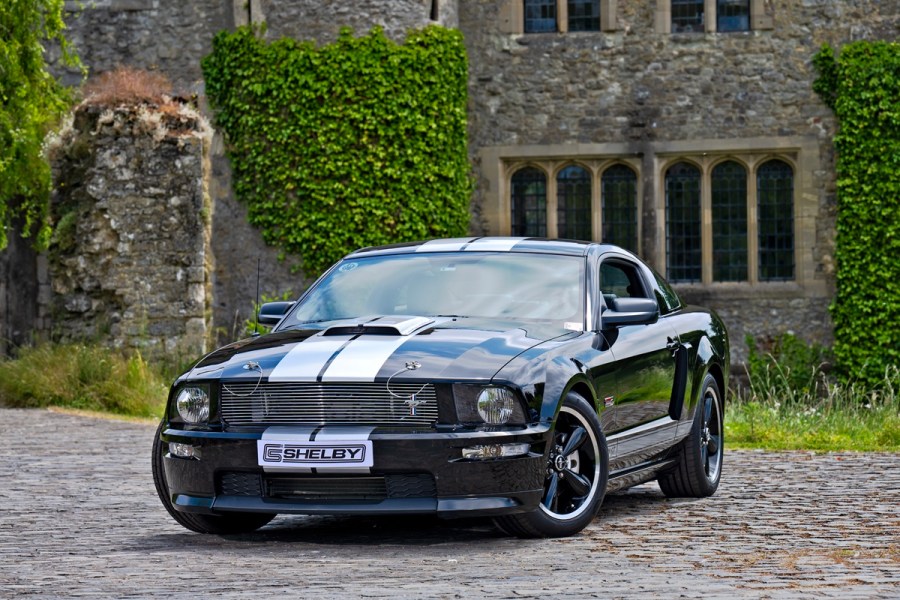
Ford Mustang (S197)
The 5th-gen (particularly the V6 variant) is an affordable entry into the cult of the Mustang. The world’s best-selling sports car, the Mustang has been an integral part of the motoring landscape since its big reveal at the New York World’s Fair in 1964. Indeed, the story of the ’Stang is a pretty incredible one: still available as a new model today, it’s America’s best-selling sports car of the last fifty years, and in late 2018 the ten-millionth Mustang rolled off the production line at the Flat Rock Assembly Plant in Michigan.
The S197-generation Mustang was a very well-timed car, arriving to the market in 2005 just as the world was enjoying a widespread retro renaissance – the New Beetle, the MINI, it was all old-school-new-rules and the fresh new Mustang fit right in. The S197 range started with the 4.0-litre V6 models, and that’s the version we’re looking at here. Standard equipment levels were high, with every car coming equipped with power windows and mirrors, power steering, remote keyless entry and twin-piston brakes, while the options list – as with any generation of Mustang – allowed buyers to go wild with the personalization.
It’s a model that responds equally well to a light touch or the full Shelby-style glitz; there’s an elegance to the V6 Mustangs that’s ageing extremely gracefully, and they make for stylish and practical daily-drivers. And for the burgeoning home-spannerer, the sky’s the limit when it comes to modifying options.
Pros:
– Very stylish
– Well-equipped as standard
Cons:
– ‘Only’ a V6
– Sub-par interior build quality
Prices:
Mint: £25,000 / $15,000
Project: £10,000 / $6,000
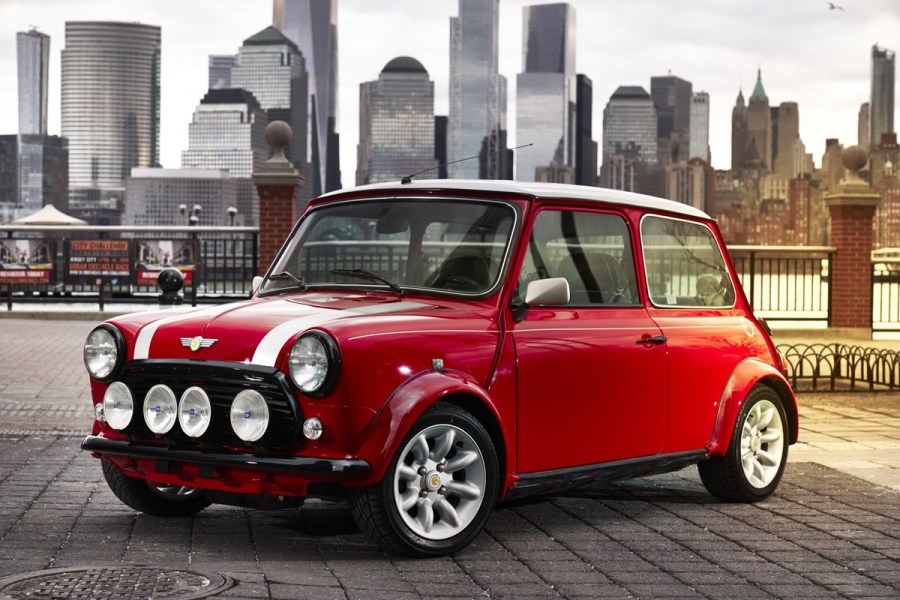
Classic Mini
Modern cars have a lot of electronics and software to worry about, but it didn’t used to be this way. Indeed, the classic Mini is just about as close to a Lego set as it’s possible to get without actually being made of plastic and coming in a little bag.
Conceived in an era long before such outlandish notions as limp-home mode or engine management lights, the Mini – originally launched in 1959 and in production until 2000 – is as basic as they come, mechanically-speaking. A simple four-cylinder engine, neatly packaged with its gearbox in the sump to allow four full-size humans to sit inside the seemingly tiny body; it’s a car with which pretty much any mechanical malady can be remedied with basic tools.
And there’s such a massive subculture of modifying these iconic cars, you’ll never be short of ideas. Just make sure you take a really, really good look around the car before you commit to buying – they can rust extravagantly pretty much anywhere.
Pros:
– Simple to work on
– Massive tuning market
Cons:
– Getting expensive
– Can be very rotten
Prices:
Mint: £25,000 / $30,000
Project: £4,000 / $8,000

